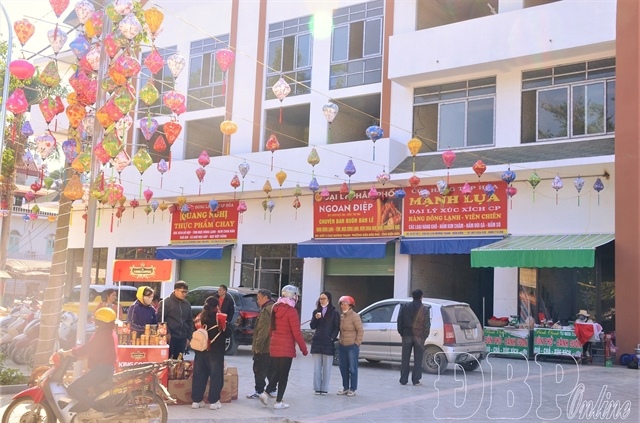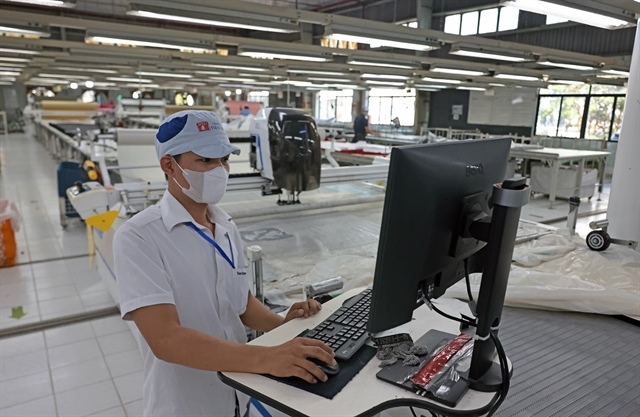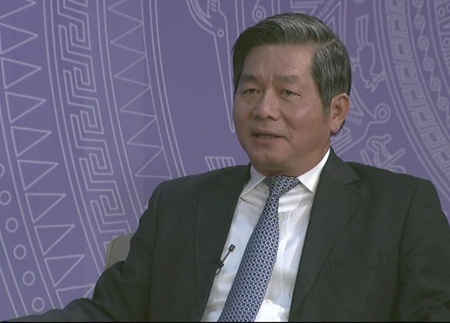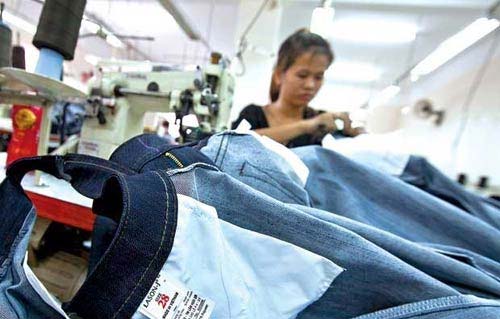HSBC: Vietnam Manufacturing PMI rises to highest in 33 months
HSBC: Vietnam Manufacturing PMI rises to highest in 33 months
Key points
- PMI increases amid strongest rise in output since
April 2011
- Purchasing activity expands at record pace
- Sixth successive monthly increase in employment
Growth in the Vietnamese manufacturing sector gathered momentum at the start of 2014, highlighted by the strongest rise in output since April 2011, and the fastest rise in purchasing activity in the survey’s history. Higher workloads led firms to take on extra staff for the sixth month running. Meanwhile, output prices were raised marginally in response to higher input costs.
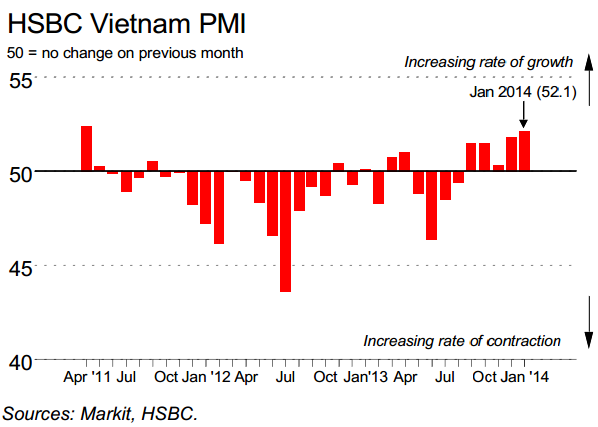
The headline seasonally adjusted Purchasing Managers’ Index™ (PMI™) – a composite indicator designed to provide a single-figure snapshot of operating conditions in the manufacturing economy – rose for the second month running in January, posting 52.1 from 51.8 in December. The reading pointed to a fifth consecutive monthly improvement in business conditions in the sector and the second-strongest in the survey’s history, just short of the record seen in April 2011.
The rate of growth in production was also the secondfastest in the series history. Output rose for the fourth month running, with rising new orders and the completion of outstanding business mentioned by respondents.
New orders increased for the fourth time in the past five months, and at a solid pace that was little-changed from that seen in December. Panellists reported strengthening client demand. New export orders also rose in January, ending a two-month sequence of decline. Meanwhile, backlogs of work decreased at a solid pace for the third consecutive month.
The delivery of goods to clients led to a marked reduction in post-production inventories at Vietnamese manufacturing firms. The rate of depletion was the fastest since February 2013.
Rising production requirements led firms to take on extra staff in January. Employment has now risen in each of the past six months. The rate of job creation eased slightly from December, but remained solid.
A further increase in input prices was registered in January, with the rate of cost inflation little-changed from those seen at the end of 2013. A number of panellists reported that suppliers had raised their prices.
Input cost inflation led manufacturers to increase their prices charged during the month. Output prices rose for the third time in the past four months, albeit only marginally.
January data signalled a record rise in purchasing activity in the Vietnamese manufacturing sector, with input buying increasing at a marked pace over the month. Anecdotal evidence suggested that increases in new orders and production equirements had underpinned rises in input buying. Despite sharp growth of purchasing activity, pre-production inventories decreased as inputs were used to support rises in output.
Increased demand for inputs imparted capacity pressure on suppliers, leading to a lengthening of delivery times for the first time in four months. That said, the deterioration in vendor performance was only slight.
Commenting on the Vietnam Manufacturing PMI™ survey, Trinh Nguyen, Asia Economist at HSBC said: “The notable bounce of the manufacturing sector reflects strengthening demand, both domestic and abroad. The continued increase of employment shows that manufacturers are upbeat about the sector's growth outlook. We expect exports to boast another strong year in Vietnam, lifting growth to 5.6%. With input price inflation stable, the State Bank of Vietnam has space to keep rates on hold.”
HSBC


